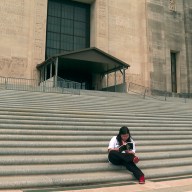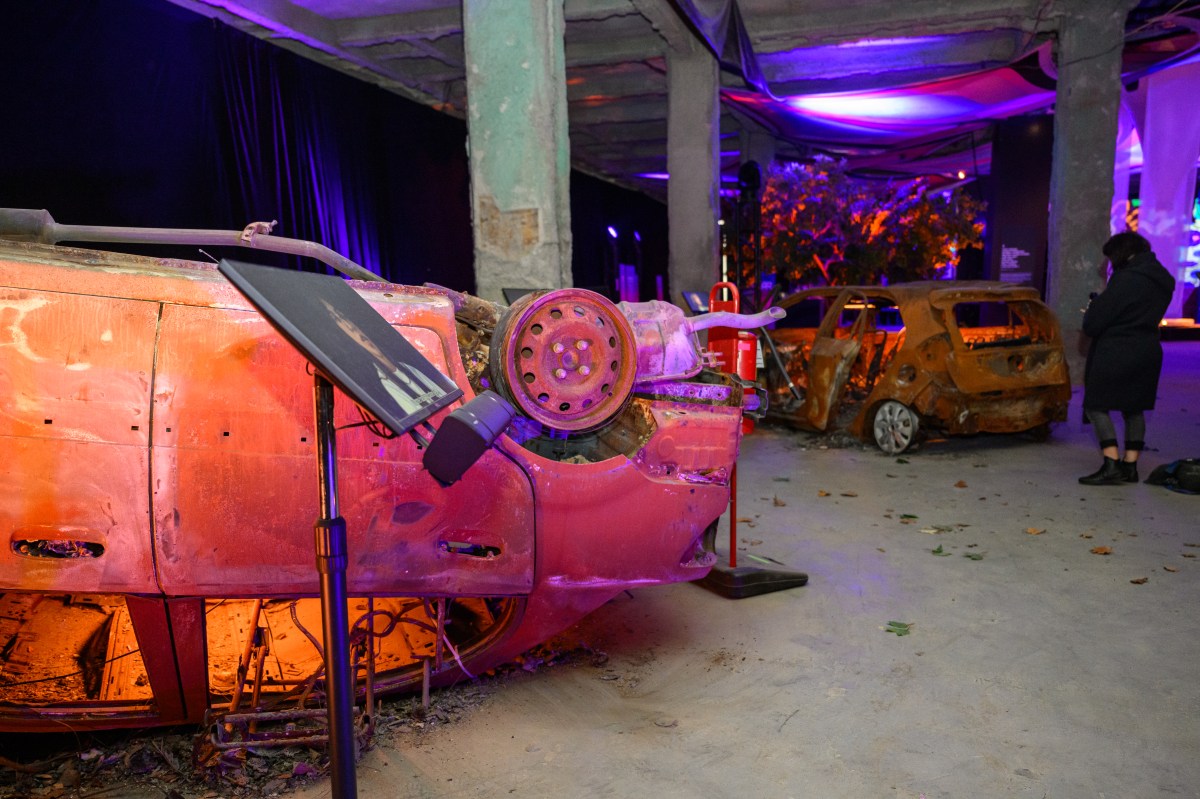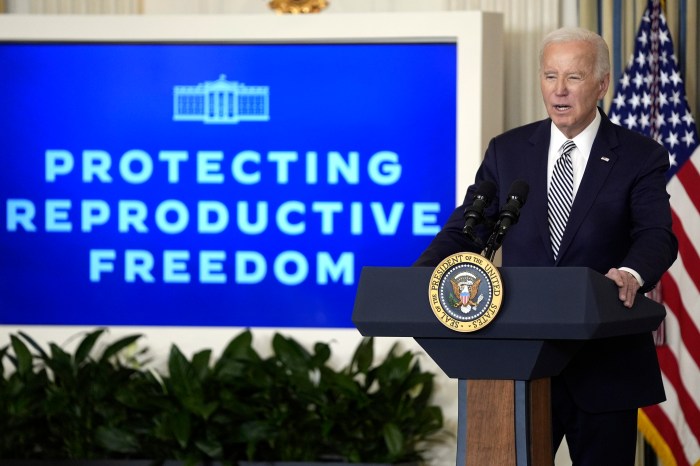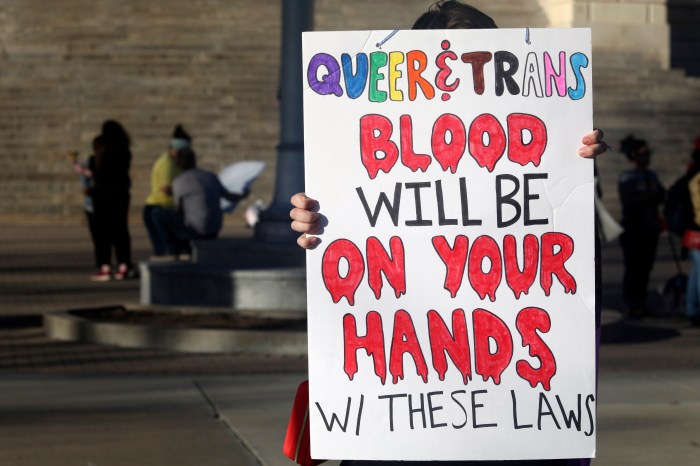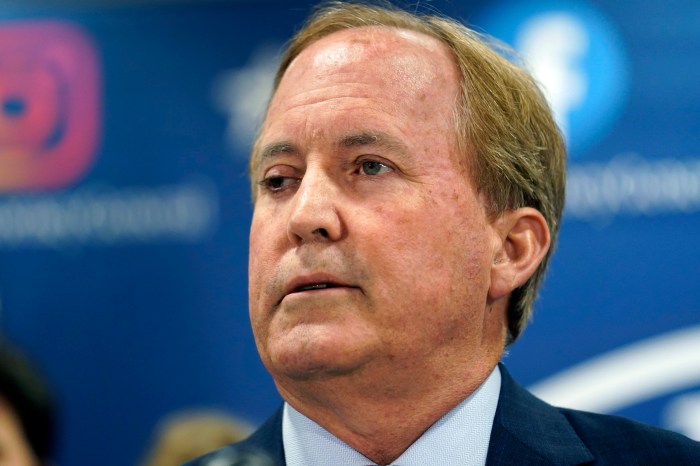Kelly Rowland is blowing the lid off pregnancy taboos. In her debut book, “Whoa, Baby! A Guide for New Moms Who Feel Overwhelmed and Wonder What the #*$& Just Happened” the former Destiny’s Child singer talks about everything you’re not supposed to talk about when it comes to the beautiful, err, more like mystifying, terrifying and frankly, at times, gross process of bringing new life into this world.
“Whoa, Baby!” serves as a tell-all and a resource. The 36-year-old singer co-authored the book with her ob-gyn, Dr. Tristan Bickman, who could provide the medical expertise that informs Rowland’s personal accounts of the physical, emotional and hormonal changes she experienced during and after her pregnancy.
“I had a million questions after I had my son and the only person I could call was Dr. Bickman to answer all of them,” she says on a call from LA. “I wish I had had this book after I had my son. I think if you have the information, you feel more prepared.”
Rowland is all about getting the conversation going. She doesn’t hold back about the changes to her lady parts. “I felt like she — she is my vagina — was telling me, ‘please just let me be. I just need some time for myself, let me heal!” she laughs. And she’s considering getting a boob job, “just to get them to sit up again.”
In the book, Rowland also delves into postpartum depression and different emotional and hormonal changes women go through. “Once you talk about it, it opens up a dialogue for everyone to talk about it,” she says. “No one should feel ashamed or uncomfortable. We have to ask each other, ‘How are you feeling, how are you doing?’ As moms, as women, we can hold each other and support each other.”
Then there are the oddball physical changes you don’t expect. “My stomach just became literally the color of charcoal,” she says. “It stayed like that for about three months. It really freaked me out.”
Another thing that happened to Rowland is something called diastasis recti. Although you’ve probably never heard of it, it’s an extremely common condition in which the abdominal muscles separate during pregnancy because of pressure from the growing fetus.
The 36-year-old singer discovered she had the condition a year and a half after giving birth to her son Titan (although it most commonly occurs during pregnancy). One day she experienced excruciating back pain and had to skip the BET Awards. “I was completely immobilized for more than a day, I simply could not move,” she writes in the book.
“It affects your back tremendously if you don’t keep an eye on your core,” she says. Now she works with her trainers to strengthen her core, doing exercises like pelvic tilts and also track routines — she loves to sprint.
Dr. Iffath Hoskins, clinical associate professor in Obstetrics and Gynecology at NYU Langone, tells us she sees the condition in about 80 percent of her patients.
“Diastasis means separation, and recti is plural for ‘rectus’ [abdominal muscles],” Hoskins explains. “As the pregnancy progresses, there is a stretch on the abdominal muscles. The muscles gets looser, like a stretched out rubber band, and after the pregnancy, they never really go back completely.”
This creates an actual gap between the muscles, that can make the belly pooch out. You can also tell it’s happened if you press two to three fingers on either side of the belly button and feel a space there.
To help prevent the separation of the muscles — and to increase the chance of restabilizing them post-baby — Hoskins recommends strengthening your core muscles, like the latissimus dorsi (located on the middle back behind the rib cage) and the transversus abdominus (that runs along the front and side of the abdomen between the rib cage and belly button).
Stay away from crunches and situps, Hoskins warns. “These are the least likely to help and if anything they hurt. When you’re doing a situp or crunch, you’re increasing your abdominal pressure, tightening the muscle and putting more force on it,” she explains.
Rowland says it took her a long time to get used to her post-baby body and “find her groove.” But now she’s ready to do it all over with baby number two. This time, she wants to remember take more pictures of her kid. “I want to see how fast they change and grow,” she says.







